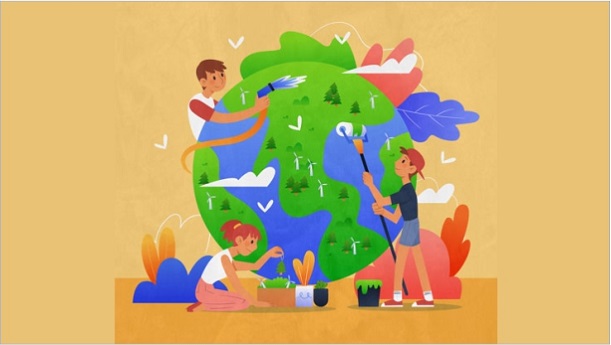
Environmental degradation and lack of inclusivity—the two biggest challenges before the world—will most likely be addressed by the corporate world as they move on with life in the post-pandemic era. Our New Normal will and should lead us to a better world; and 2022 will be just the beginning!
Log In or become an AIMA member to read more articles
